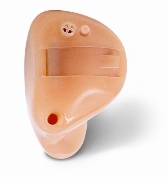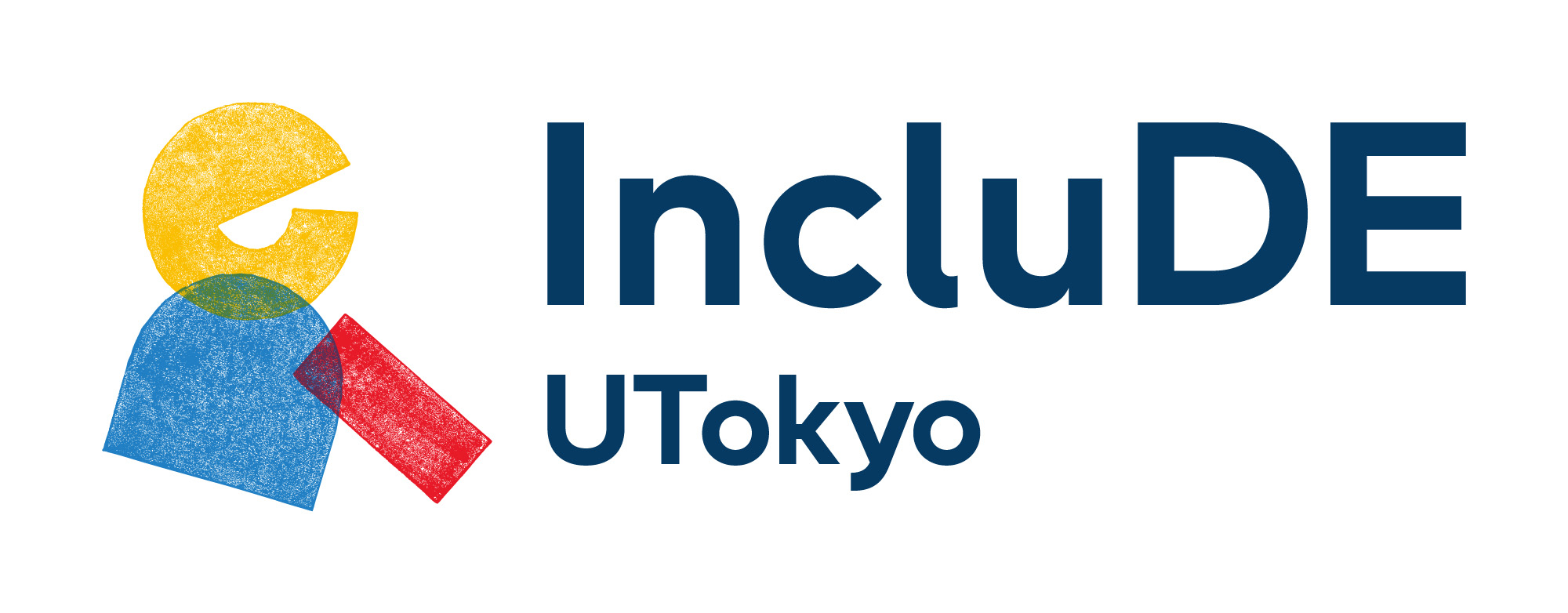What you should know about hearing impairment and deafness
1. What is hearing impairment and deafness?
Hearing impairment is a condition in which an individual has difficulty hearing or is unable to hear because of impairment to the outer ear, middle ear, inner ear, or auditory nerve. Auditory problems caused by outer to middle ear impairment are called conductive hearing loss. Those caused by inner ear or auditory nerve impairment are often referred to as sensorineural hearing loss, and those involving both are called mixed hearing loss.
Hearing impairment covers many conditions and degrees ranging from being "hard of hearing" to complete absence of aural comprehension. These conditions include decreased audibility, sound distortion, and unintelligibility. Many cases are not improved by hearing aids.
Even for those with hearing aids, audibility may be lessened by noise or blockage - traffic, echoes, or intervening obstacles - walls, microphones, and audiovisual equipment.
Especially in sensorineural hearing loss, problems with hearing are not due to sound itself. Even if speech information is recognized as "sound," for example, its content is not correctly interpreted as "words", thus face to face communication with one person may be possible, but not group conversations, discussions, or even when someone is making comment or responding to a professor in class. Put another way, "sound" may be "heard" but its meaning not understood.
2. Hearing impairment and communicationIndividuals with hearing impairment or those who are deaf are generally not as immediately recognizable as having visual impairment, for example. This often makes hearing impairment a "communication impairment."
Communication styles of individuals who are deaf or who have hearing impairment differs greatly depending on the type and degree of impairment, age of onset, schooling, and the individual's personality. Types of communication also vary widely, including sign language, writing, lipreading, and acoustic use - or any combination of these.
In a society where everyone is expected to communicate orally - also known as "carrying the conversational ball" implying a social "sporting" sense - those with hearing impairment/deaf are often forced to try to follow oral communication, even if this means pretending to understand. The extreme stress of trying to communicate more than one person at a time may cause some with hearing impairment/deaf to cut back on communication opportunities, which leaves them at further risk of being thought to have a personality defect. In attempting to understand better, an individual with hearing impairment/deaf who asks for communication in writing may be viewed as lazy or incapable due to society's assumption that oral communication is a "given." Many individuals often do not disclose their hearing impairment due to such prejudice.
Keeping the above in mind, we want you most of all to be aware of the following:
◆Hearing aids
The hearing aid, despite its name, is rarely used in practice. Its greatest defect, even when used by individuals with sensorineural hearing loss, is its ineffectiveness in noisy places or when the communicator is at some distance from the hearing aid user. Individuals who communicate well in small groups in quiet classroom become reluctant to talk in a noisy cafeteria at lunch because they cannot hear the conversation friends are having. Despite hearing aid advances such as digital signal processing and noise control, these devices leave much to be desired. Hearing aids most used are worn behind the ear or in the ear. "FM" hearing aids improve distance hearing reception. No hearing aid can be useful suitably selected based on individual prescription by a registered otolaryngologist or hearing aid technician, but even then they must be readjusted to the user's hearing changes and applications.
Even the use of cochlear implants in those with the severest hearing impairment does not restore normal hearing and has many problems.


【 worn behind the ear】 【 in the ear】

【FM】
Sign language is often an important means of communication for those with severe congenital hearing loss. it is not used by all people with hearing impairment or those who are deaf, however, because some have never learned it or because some may be reluctant to use it in public even though they understand it. This is because it was long disparaged as "simple" and not as desirable as oral communication/speech and because increasing numbers of children with hearing impairment/deaf who attend regular schools rather than schools for the hearing impaired.
There is also much variation in sign language depending, for instance, on the onset of disability, age one learned to sign, and years of education. Those who have attended schools for the deaf generally use Japanese Sign Language, which has a unique grammar. Those who have lost their hearing after acquiring speech or who have been taught at regular schools, however, tend to use Signed Japanese, which is based on Japanese grammar.
Sign language also varies with the country and language, and on the unique grammar of the specific sign language, which usually differs from the spoken language. Today, the focus is on the community of "Deaf" who use sign language in daily life.
◆Lipreading
Lipreading involves interpreting lip shape, facial movement, facial expression, etc., of the speaker to understand what is being said while comprehensively considering the context. Speech may be also used in lipreading. "Auditory verbal" lipreading is used by those with some residual hearing acuity to listen to parts of a word. With homonyms or words beginning with similar sounds that involve similar lip shapes such as "tabako (tobacco)", "tamago (egg)", and "namako (sea cucumber)," however, it becomes difficult to distinguish words. It is also difficult to understand a new conversation topic, follow sudden changes in conversation topics, or communicate in the dark or at a distance. These situations may further create uncertainty and stress upon those who must infer meaning from fragmented information.
Do not assume that an individual hears or understands, regardless of a hearing aid or lipreading. Make an effort to communicate visually, for example, by adding writing to oral communication while confirming that context and content are understood.
* In the absence of a whiteboard, paper, or pen, use a cellphone or PC display.
* To check understanding by persons with hearing impairment/deaf, do not simply say "Did you understand?" but concentrate on facial expression and eye contact to determine that understanding is indeed clear.
3. For smooth communication and information access
◆Basics
- Use spoken and visual information together, not voice alone.
- When more than one person is involved, indicate where you are before speaking by raising a hand, for example, and identify yourself.
- Do not speak too fast.
- Speak clearly and slowly, phrase by phrase, while speaking at a speed that keeps speech natural.
- Avoid having more than one person speak at the same time.
- Stay face to face position as much as possible, maintain eye contact, and confirm that the person is looking at you before starting to talk or write.
- Be sure that your face is not hidden behind a microphone or other material.
- Speak where there is sufficient lighting.
◆Communication through a sign language interpreter
- Avoid speaking too fast.
- Pause appropriately.
If a sign language or speech-to-text interpreter is available, interpretation is difficult if a person talks too fast, does not pause, or talks at the same time as another person. Pause appropriately at the end of a talk, or when a speaker changes, confirm that the speech has been understood. When an interpreter is involved, there is a slight time lag, so do not ask a question or comment to or from the person with hearing impairment/deaf until the interpreter finishes. Direct the conversation and look at the person with hearing impairment/deaf in all cases and not the interpreter.
◆ Communication in writing and speech-to-text interpretation
- Write in heavy, clear, and readable printing.
- Avoid redundant or vague wording.
- Do not use long sentences with complex subordinate clauses or conjunctions. Write important points briefly and clearly.
- Avoid abbreviations and summaries that could change the meaning. Write as close to the original wording and meaning as possible.
◆Broadcasts and announcements
Convey information to the person with hearing impairment/deaf correctly using writing and visual material. Many persons with hearing impairment/deaf do not notice announcements or information provided verbally. Even if they could, some of the content would be unintelligible putting them at a considerable disadvantage. In on-campus broadcasts, provide written and visual information at the same time to be sure they obtain the information.
(Editorial supervisor: Naoki Ohnuma, Visiting Professor, Barrier-Free Project, University of Tokyo Research Center for Advanced Science and Technology (2010))





